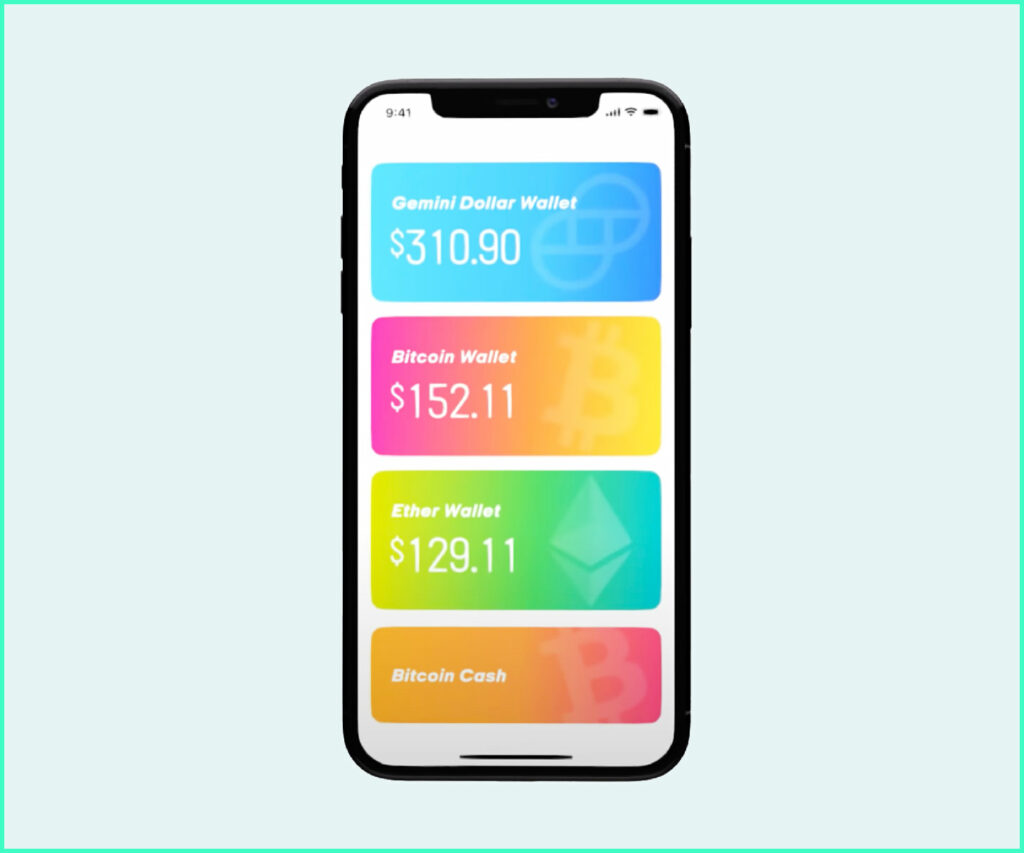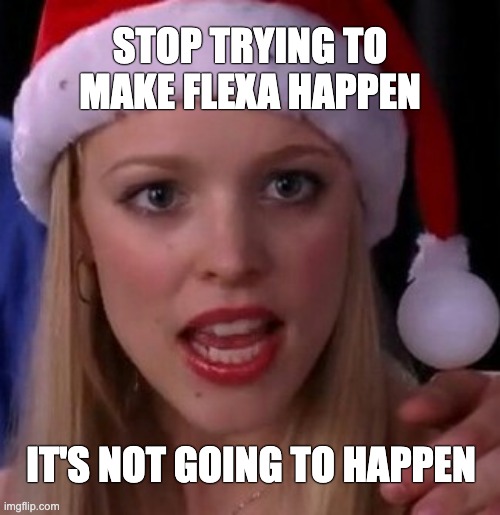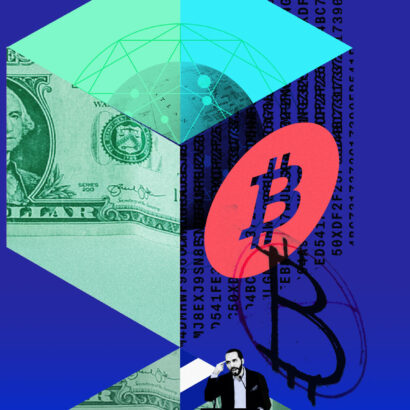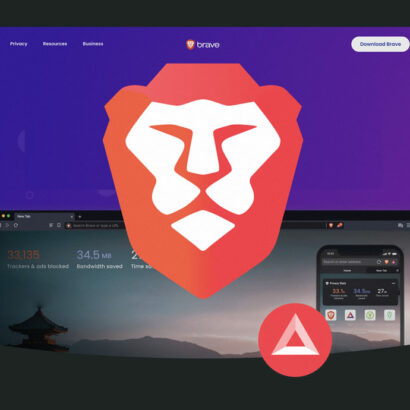Why is it Still so Complicated to Buy a Burrito with Bitcoin?
Paying for small transactions with crypto is a challenge for many reasons.
Even though Bitcoin and other cryptocurrencies were developed as peer-to-peer networks to send digital money, there are many limitations that prevent their everyday use.
Cryptocurrencies like Bitcoin or Ethereum have associated transaction fees, are still quite volatile and it takes time to settle transactions. This means that the value of your payment may change between the time you attempt to buy something and the moment the transaction goes through.
There are also issues with scalability and allowing enormous amounts of transactions to go through on the blockchain’s base layer.
Total Bitcoin payments that are pushed through have actually declined since 2021. Other networks, like the Flexa Spedn network have been built in an effort to make it easier to use crypto as money.
Chipotle now permits payment through the network, but that doesn’t mean it’s easy and practical.
This article dives into the network to introduce Flexa and its ERC-20 token, AMP, as well as the network’s failures to date.
Key Takeaways
- Flexa let’s people pay with crypto through the Spedn app
- The network is supported by staked AMP which is used as collateral
- The app and the network don’t work all the time, and each purchase is taxable by the IRS
- The app has only been downloaded 5000 times in 3 years despite being supported by “thousands” of retailers
What is Flexa?
Flexa was developed as a system that allows for near-immediate settling of crypto transactions.

Connected with a mobile Flexa Spedn app, you can pay with a variety of different cryptocurrencies including Bitcoin and Ethereum. When you want to make a purchase, the app generates a “flexcode” that can be scanned and permit instant payment.
What happens if a Bitcoin transaction doesn’t end up going through? Flexa can compensate through its native token Amp. People choose to stake the ERC-20 compliant token to earn rewards for providing this collateral.
Flexa wants you to buy your next burrito with crypto.
The Amp (AMP) token
The AMP token has a maximum supply of 92,547,638,199 ERC-20 tokens. This token is secured through the Ethereum network, allowing its developers to focus on making AMP useful for payments. As of June 2022, it currently sits at a $640 million market cap with approximately $5 million daily. All in all, approximately $280 million of these tokens are staked or deposited in other DeFi protocols.
Old highs and new lows
The token hit a high of $0.12 in June of 2021 but has since tumbled down to around $0.01 per token as of June 2022. Despite the rollout of Spedn and recent adoption, the price of the token hasn’t increased.
Token allocation
Roughly 70 percent of all tokens that will ever be created are allocated to funds, grants as well as founders and employees. Many of these tokens haven’t yet been distributed but are held in pools for the future.
- 25 percent for the merchant and development fund
- 25 percent for developer grants
- 20 percent for founding team and employees
How does staking work?
AMP tokens are locked into different pools on its native staking site. You can choose to supply collateral for different cryptocurrencies to earn up to 8 percent APY. This includes earning more than 4 percent APY by staking to support the Spedn app.
Right now there are 42 billion tokens, but whenever someone receives a staking reward, more tokens are generated. This will result in almost 100 billion AMP tokens by 2045.
History of Flexa and AMP
Founders
Flexa network was founded by Tyler Spalding, Trevor Filter, Zachary Kilgore, and Daniel McCabe in 2018. While the team has experience in financial technology companies, it isn’t clear what crypto projects they’ve worked on in the past.
Often, it is helpful to look at someone’s project history to determine how qualified they are as a founder. It can also indicate whether someone has a history of failed or scammy projects. In almost every article written about him, it states that Spalding has been involved in blockchain projects since 2011. We haven’t been able to find a record of these projects on LinkedIn or any other media. .
Partnership with ConsenSys
AMP was developed in partnership with ConsenSys, a blockchain development company behind important blockchain services including MetaMask and Infura (Infura helps your browser interact with Ethereum and the IPFS). This may inspire confidence in a few investors, but it also further centralises cryptocurrency services.
How does the Spedn app work?
Simple, you add the cryptocurrencies you want to use onto the app. Once these are loaded, the Flexa network can sell the tokens when you make a purchase, using staked AMP pools for collateral.
However, once you deposit into Spedn, you may never get your crypto back out.
There is no support thus far for withdrawing money from the Spedn app. Another peculiarity with Flexa: you can’t spend more than $750 in a week even when you’re providing Know-Your-Customer details.
It all sounds more restrictive than using cash, credit or debit.
Many retailers that have signed up with Spedn haven’t integrated the support within all their locations. This is not a great look for the Amp token and perhaps it means that these systems are more difficult to establish.
Flexa aims to undercut other payment processors to make it cheaper to use the Spedn app. But with Flexa tripping on its own momentum out the gate, it isn’t clear this is something that will be adopted.
Every purchase is also a taxable event per the IRS, like when you sell a stock or security. Flexa will be leaving you to figure out the taxes for yourself.
Since its release in 2019, the Spedn app has been downloaded more than 5000 times on the Google Play Store, with users leaving almost as many 1 star reviews as 5 star reviews.

Google Play Store
Conclusion
The Flexa network and its token AMP sound like a great idea but the execution so far has been lacking.
One of the company’s founders has been involved in blockchain projects since 2011, though there isn’t any information as to what these projects are. The system was developed in conjunction with ConsenSys, the centralising force behind MetaMask and Infura services.
Even as “adoption” of this token continues across thousands of stores, there are plenty of limitations. For one, people are having trouble using the Spedn app to make the actual payment. Each transaction is treated like a trade and Flexa leaves you to figure out the taxes.
There are arbitrary spending limits and there’s no way to withdraw your crypto from the app at the moment.
The price of the token has decreased dramatically in the past year and the release and publicity surrounding the Spedn app hasn’t helped.




